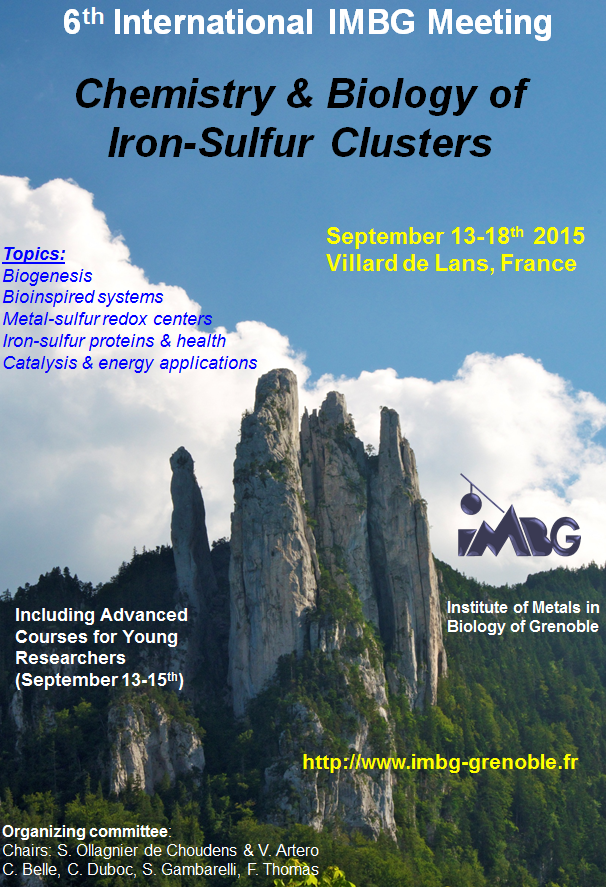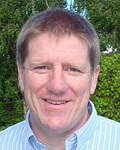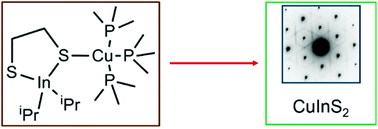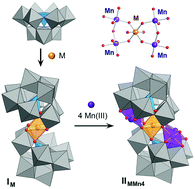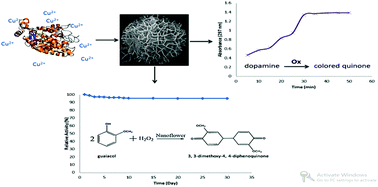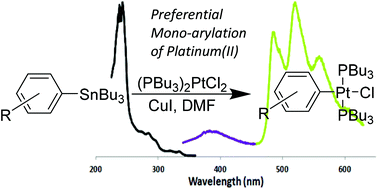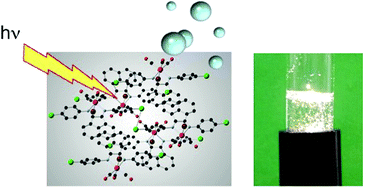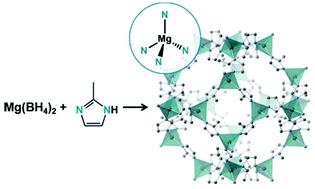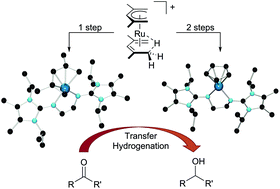Take a look at our HOT articles for July. These are only free to acess for 4 weeks only and are available for viewing in a collection on our website.
A mononuclear Ni(II) complex: a field induced single-molecule magnet showing two slow relaxation processes
Jozef Miklovič, Dušan Valigura, Roman Boča and Ján Titiš
Dalton Trans., 2015, 44, 12484-12487
DOI: 10.1039/C5DT01213A
Free to access until 6th August 2015
ZnII and HgII binding to a designed peptide that accommodates different coordination geometries
Dániel Szunyogh, Béla Gyurcsik, Flemming H. Larsen, Monika Stachura, Peter W. Thulstrup, Lars Hemmingsen and Attila Jancsó
Dalton Trans., 2015, 44, 12576-12588
DOI: 10.1039/C5DT00945F
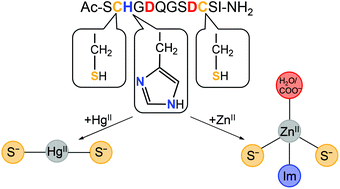
Free to access until 6th August 2015
Photophysical tuning of the aggregation-induced emission of a series of para-substituted aryl bis(imino)acenaphthene zinc complexes
Daniel A. Evans, Lucia Myongwon Lee, Ignacio Vargas-Baca and Alan H. Cowley
Dalton Trans., 2015, 44, 11984-11996
DOI: 10.1039/C5DT01529D
Free to access until 6th August 2015
An investigation into the photochemistry of, and the electrochemically induced CO-loss from, [(CO)5MC(OMe)Me](M = Cr or W) using low-temperature matrix isolation, picosecond infrared spectroscopy, cyclic voltammetry, and time-dependent density functional theory
Suzanne McMahon, Saeed Amirjalayer, Wybren J. Buma, Yvonne Halpin, Conor Long, A. Denise Rooney, Sander Woutersen and Mary T. Pryce
Dalton Trans., 2015, Advance Article
DOI: 10.1039/C5DT01568E
Free to access until 6th August 2015
Aza-macrocyclic complexes of the Group 1 cations – synthesis, structures and density functional theory study
John Dyke, William Levason, Mark E. Light, David Pugh, Gillian Reid, Hanusha Bhakhoa, Ponnadurai Ramasami and Lydia Rhyman
Dalton Trans., 2015, Advance Article
DOI: 10.1039/C5DT01865J
Free to access until 6th August 2015
As-stereogenic C2-symmetric organoarsines: synthesis and enantioselective self-assembly into a dinuclear triple-stranded helicate with copper iodide
Hiroki Adachi, Hiroaki Imoto, Seiji Watase, Kimihiro Matsukawa and Kensuke Naka
Dalton Trans., 2015, Advance Article
DOI: 10.1039/C5DT01490E
Free to access until 6th August 2015

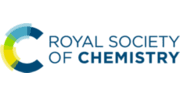
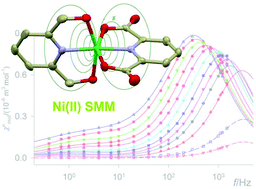
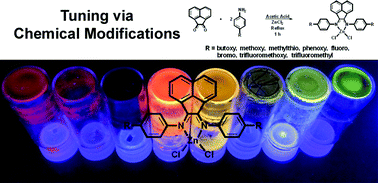
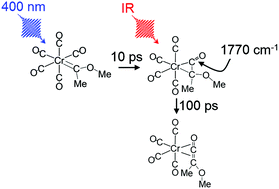
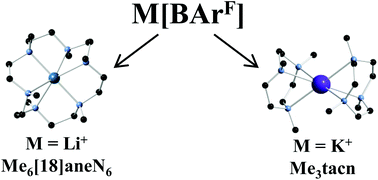
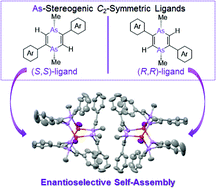









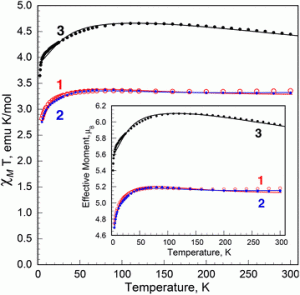
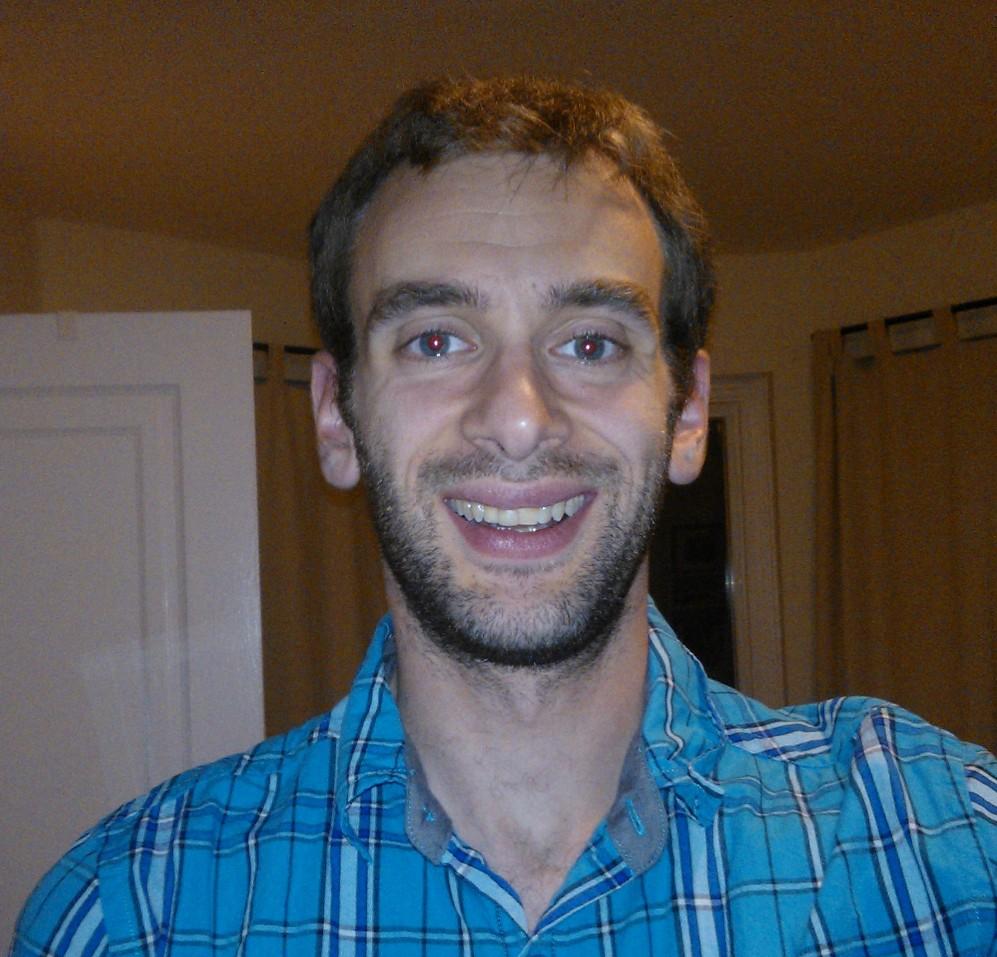
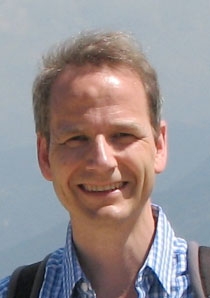
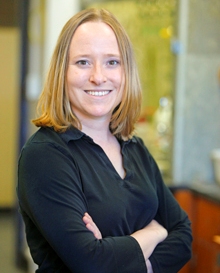 2013 Trevor Hayton (UCSB)
2013 Trevor Hayton (UCSB)
